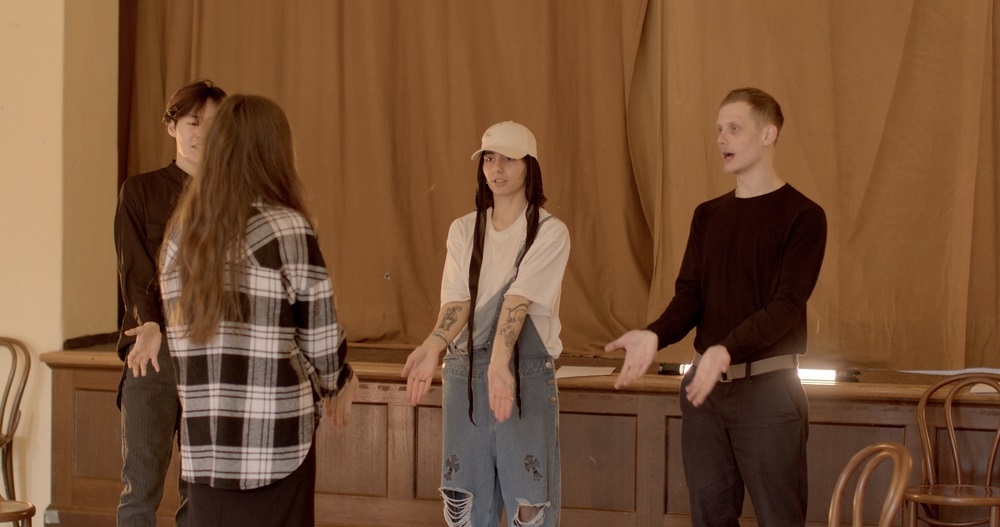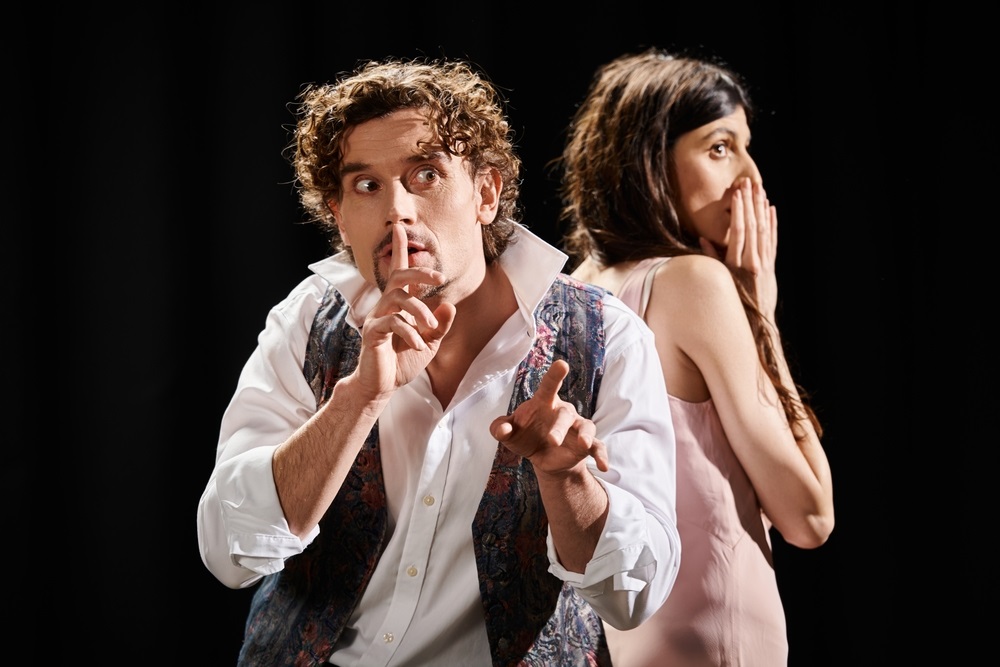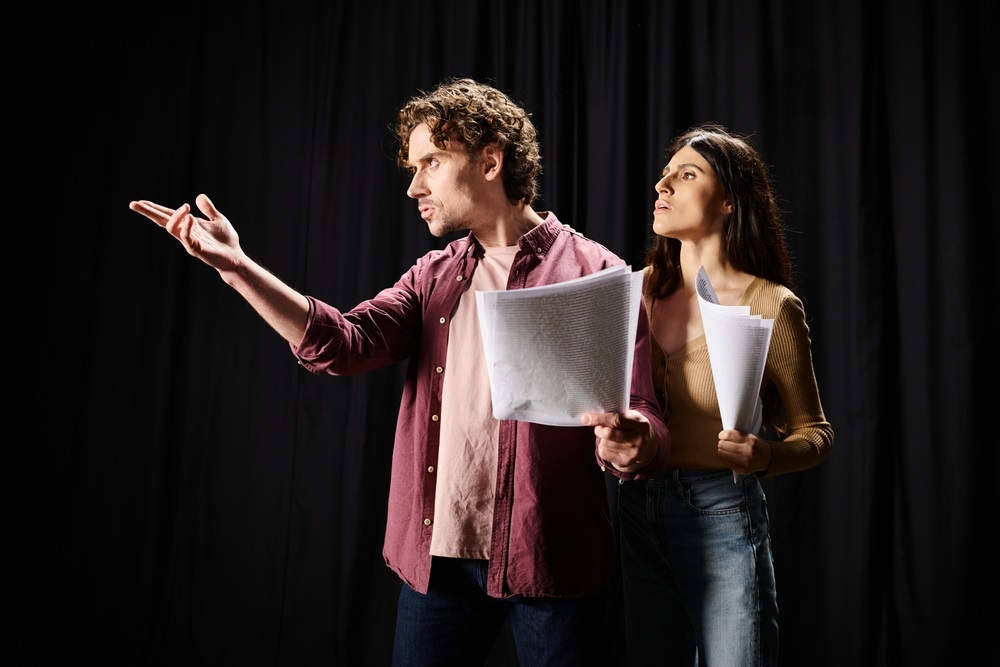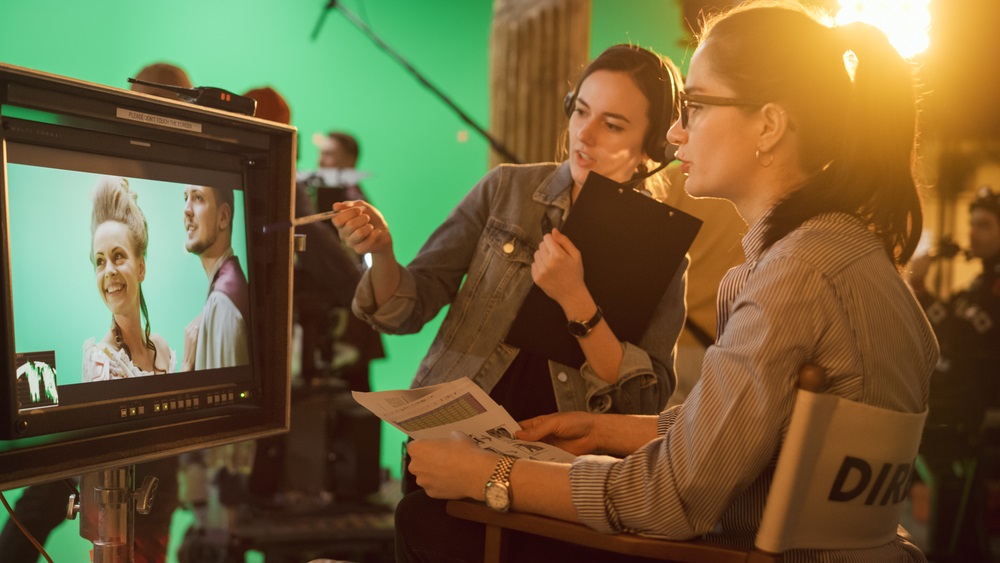
Whether you’re new to the world of acting or a seasoned professional refining your craft, mastering essential acting techniques is key to delivering authentic, memorable performances. From stage to screen, great actors rely on a blend of emotional truth, physical discipline, and psychological understanding to bring characters to life. In this comprehensive guide, we’ll break down the top acting methods every performer should know, their origins, and how to apply them effectively.
Contents
- 1 Why Mastering Acting Techniques Is Essential
- 2 Stanislavski’s System: The Foundation of Modern Acting
- 3 Method Acting: Living the Role
- 4 Meisner Technique: Acting in the Moment
- 5 Practical Aesthetics: A Logical Approach
- 6 The Chekhov Technique: Psychological Gesture
- 7 Laban Movement: Body and Space Awareness
- 8 Alexander Technique: Mind-Body Alignment
- 9 Voice and Speech Training Techniques
- 10 Improvisation: The Art of Spontaneity
- 11 On-Camera Techniques vs. Stage Techniques
- 12 FAQs
- 13 Conclusion
Why Mastering Acting Techniques Is Essential
Understanding and applying a variety of acting techniques helps performers adapt to different roles, genres, and directors’ expectations. Mastery of these skills not only builds confidence but also makes you more versatile and marketable as a professional actor.

Stanislavski’s System: The Foundation of Modern Acting
Konstantin Stanislavski developed one of the most influential acting techniques that emphasizes emotional authenticity.
What Is Stanislavski’s Technique?
Stanislavski’s system encourages actors to draw upon their own emotional experiences to portray a character’s inner life. This method teaches performers to identify a character’s objectives and motivations, making performances more believable.
Application in Modern Roles
Actors using Stanislavski’s system learn to answer the question: “What would I do if I were in this situation?” This allows them to respond truthfully in imaginary circumstances, enhancing realism in performance.
Method Acting: Living the Role
Method acting is a deep, immersive form of character portrayal that originated from Stanislavski but evolved significantly in the U.S.
Key Characteristics of Method Acting
Popularized by Lee Strasberg, method acting involves living as the character even offstage or off-camera. Actors tap into personal memories and physical experiences to achieve a visceral connection to the role.
Notable Method Actors
Renowned actors like Marlon Brando, Daniel Day-Lewis, and Robert De Niro have famously used this technique to deliver unforgettable performances, often blurring the line between character and actor.
Meisner Technique: Acting in the Moment
Sanford Meisner’s method focuses on spontaneous reactions and deep listening—skills essential for on-screen and stage work.

Understanding the Repetition Exercise
A core component of the Meisner technique is the repetition exercise, where actors observe and repeat behaviors or lines to foster genuine emotional responses.
Why It Works
The Meisner method helps actors remain present, focusing on the other actor rather than internal thoughts, which leads to organic, dynamic performances.
Practical Aesthetics: A Logical Approach
Developed by David Mamet and William H. Macy, this technique offers a stripped-down, analytical process that avoids emotional recall.
Script Analysis and Action
Actors using this technique break down a script into units of action, concentrating on what the character wants rather than emotional memory. This makes the performance clear, direct, and grounded.
Benefits for Auditions
Because it’s based on textual analysis and decision-making, this technique is particularly useful for cold reads and audition environments.
The Chekhov Technique: Psychological Gesture
Michael Chekhov, nephew of playwright Anton Chekhov, introduced a physical-psychological method that uses movement to tap into character.
Exploring Psychological Gestures
Actors select a physical movement that encapsulates a character’s goal or emotion. Repeating this gesture helps internalize the character’s psychology.
Use in Stylized Performances
This technique is favored in stylized or heightened productions where physical expression is as important as dialogue.
Laban Movement: Body and Space Awareness
Rudolf Laban’s system is a powerful tool for actors to understand body dynamics, spatial relationships, and character movement.

Movement Qualities
Actors explore eight movement efforts—such as gliding, pressing, or flicking—to create unique physical identities for their characters.
Application in Ensemble Work
Laban is especially useful in ensemble or physical theatre, helping performers move cohesively and expressively onstage.
Alexander Technique: Mind-Body Alignment
Used to improve posture and movement efficiency, this technique is often taught alongside vocal training.
Releasing Tension
The Alexander Technique teaches actors how to let go of unnecessary tension, allowing for freer physical and vocal expression.
Ideal for Long Performances
It’s particularly helpful in stage work, where physical stamina and clear vocal projection are essential.
Voice and Speech Training Techniques
A powerful voice is a key tool for any actor. Speech techniques ensure clarity, range, and emotional expression.

Linklater and Fitzmaurice Approaches
Both methods aim to free the natural voice and connect breath with thought, supporting both classical and modern texts.
Diction and Accents
Actors also use IPA (International Phonetic Alphabet) and dialect coaches to learn accents and enhance verbal authenticity.
Improvisation: The Art of Spontaneity
Improv isn’t just for comedy—it’s a vital acting technique that strengthens spontaneity and creative collaboration.
Building the “Yes, And” Mentality
Improvisation teaches actors to accept and build on their partner’s offers, keeping scenes dynamic and responsive.
Audition and Rehearsal Benefits
Directors value actors who can think quickly and adjust naturally, making improv skills a significant asset.
On-Camera Techniques vs. Stage Techniques
Different mediums require different acting styles. Learning to adjust your performance scale is key to versatility.

Subtlety for the Camera
Camera work demands subtle facial expressions and controlled movement. Overacting can feel exaggerated on screen.
Projection for the Stage
Theatre requires larger-than-life energy, stronger voice projection, and physicality to reach the back row—especially in larger venues.
FAQs
What are the most important acting techniques to learn first?
Start with Stanislavski, Meisner, and voice training. These form the foundation of most performance methods.
Is method acting safe for beginners?
It can be intense. Beginners should use it with caution and under guidance to avoid emotional burnout.
Can I combine multiple acting techniques?
Yes, many professional actors blend techniques to suit the role and production.
Are acting techniques the same for stage and screen?
The core principles are similar, but screen acting requires more subtlety than stage performances.
Do I need formal training to learn these techniques?
While formal training helps, many actors also develop through workshops, coaching, and practice.
Conclusion
Mastering these essential acting techniques can open doors to a wide range of roles and projects across stage, screen, and digital media. Whether you’re refining your presence or preparing for your first audition, Jobeling can help you connect with casting agents, training resources, and real-world performance opportunities. Download the Jobeling app today from the App Store or Google Play and take the next step in your acting career with confidence.
